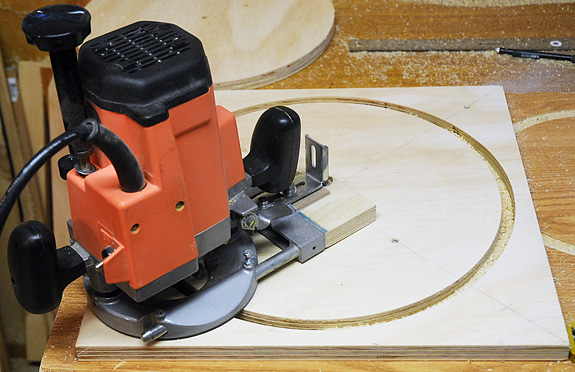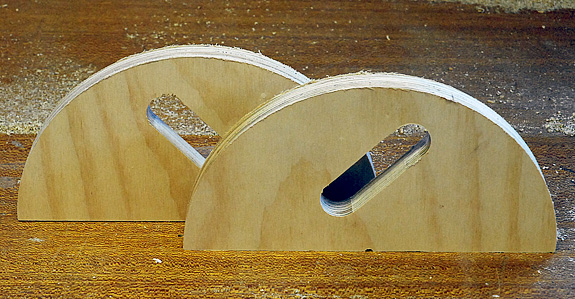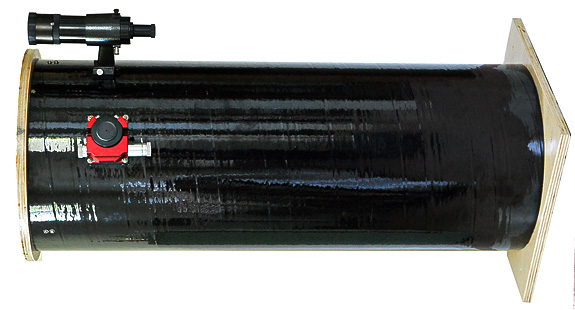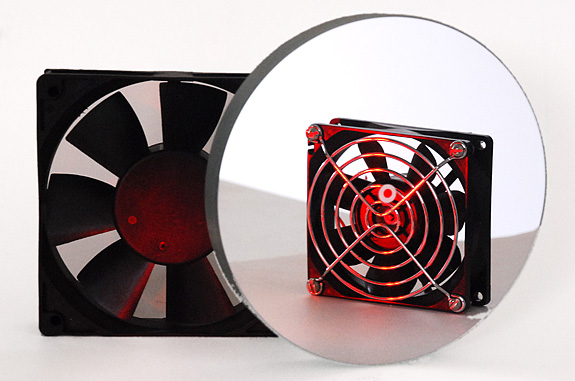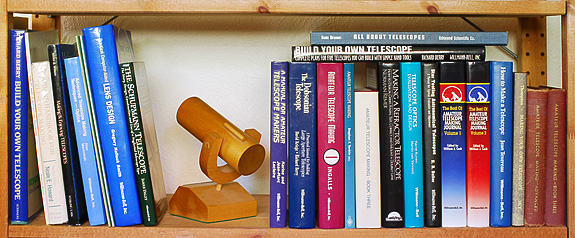
Although the internet can be a wonderful resource for first-time telescope makers, it can also be a source of great frustration. No matter what the topic, it’s possible to find completely contradictory advice. Far more dependable are good ol’ fashioned books — especially those that have stood the test of time.
Continue reading “Telescope-Making Books: The Good, the Bad, and the Unnecessary”




